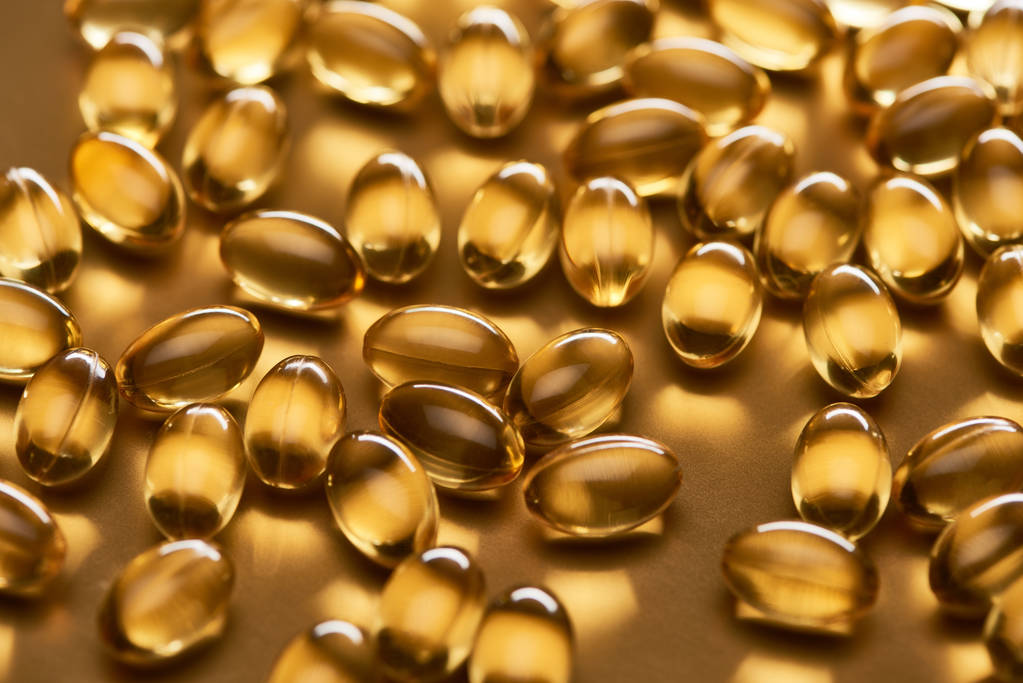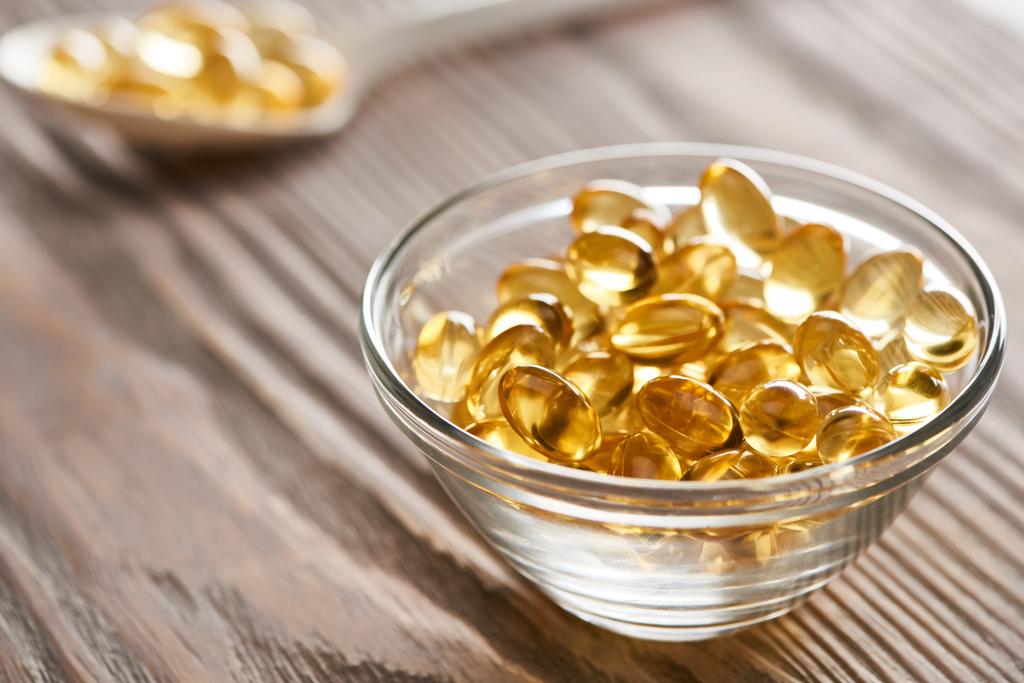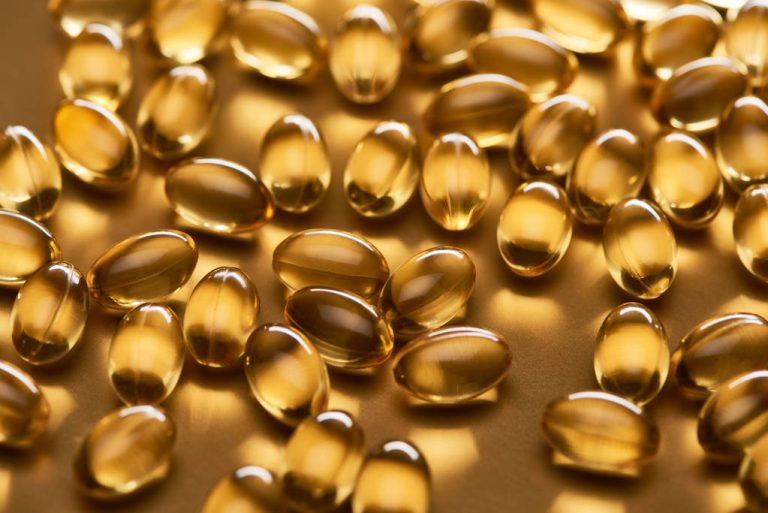Omega-3 fatty acids are supposed to be important in some way. But does that also apply to fish oil dragees and omega-3 capsules? And what is the role of omega-3 fatty acids anyway?
The benefit is simply not sufficiently proven. This applies to healthy people as well as to high-risk patients who have already had a heart attack. The experts also found insufficient evidence for other areas of application such as the prevention of dementia or age-related eye diseases.
This is important because many people spend a lot on omega-3 fatty acids, up to 90 cents a day. According to the test, the need for omega-3 fatty acids can be met even without fish, for example with rapeseed and linseed oil or walnuts. According to the German Society for Nutrition, people in this country are adequately supplied with plant-based omega-3 fatty acids.
Background: Omega 3 and fatty acids
Basically, you have to distinguish between saturated and unsaturated fatty acids. The omega-3 fatty acids belong to the group of unsaturated fatty acids.
Saturated fats are easy to recognize: they are solid at room temperature. This includes all animal fats and, for example, palm oil. Saturated fatty acids are not essential to life, and if consumed in excess, they are even considered harmful, partly because of their increasing effect on blood cholesterol levels.
Unsaturated fats are more complicated because there are monounsaturated and polyunsaturated fats. Monounsaturated fatty acids are found, for example, in olive oil, canola oil and many nuts and seeds. The body is able to produce these monounsaturated fatty acids itself; they are therefore not essential.
The polyunsaturated fatty acids include omega-3 fatty acids such as α-linolenic acid and also omega-6 fatty acids such as linoleic acid, which is contained in safflower oil or sunflower oil. The body cannot produce polyunsaturated fatty acids – such as linoleic acid and α-linolenic acid – so they are essential.
The three omega-3 fatty acids
Does the “omega-3” fatty acid even exist? No: In reality there are many different ones, of which only three are well known because they are particularly important for the human metabolism:
α-linolenic acid,
Docosahexaenoic acid (DHA) and
Eicosapentaenoic acid (EPA).
Vegetable food contains almost exclusively α-linolenic acid, fatty fish such as eel, herring or sardines contain DHA and EPA. There is a herbal exception for DHA and EPA: algae. Red algae in particular contain the long-chain omega-3 fatty acids otherwise only found in fish.
Function of omega-3 fatty acids
The list of processes in which omega-3 fatty acids are involved in the body and their properties is long. However, this shows how important such high-quality fats are for our body – it just doesn’t work completely without fat. The omega-3 fatty acids are involved in
the structure of cell membranes,
the hormone production,
the correct function of eyes, nerves and muscles.
Omega-3 fatty acids improve blood flow,
prevent thrombosis,
work against inflammation,
support the immune system,
promote blood circulation,
EPA and DHA fatty acids lower blood lipid levels,
α-linolenic acid ensures bone stability,
DHA DHA lowers blood pressure and supports fetal brain development.
Long-chain omega-3 fatty acids reduce the risk of cardiovascular disease.
This list is just a sample of the many functions of omega-3 fatty acids, showing how important these essential fatty acids are to the human body.
Omega 3 deficiency?
A lack of essential fatty acids leads to various deficiency symptoms such as skin changes (excessive keratinization), susceptibility to infections, growth disorders, hair loss and a lack of blood platelets. However, what is not immediately “visible” and therefore difficult to understand is the fact that patients with various diseases have very low levels of fatty acids. These include the following diseases:
depression
breast cancer
Alzheimer’s and dementia
schizophrenia
ADHD
The scientific studies have not yet been completed, but initial results indicate that inflammatory bowel diseases, rheumatoid arthritis and asthma are also positively influenced by omega-3 fatty acids and that a lack of fatty acids aggravates the course of the disease.
Omega-3 overdose
There is a study that suggests that consuming too much α-linolenic acid increases the risk of developing prostate cancer. However, this study did not come to a conclusive result, so that further research is currently being carried out. If too many omega-3 fatty acids are ingested – for example through omega-3 capsules – nausea and vomiting can occur and the “good” HDL cholesterol can be reduced. There are no other clearly documented side effects of excessive intake of omega-3 fatty acids.
Daily requirement of omega-3 fatty acids
There is no uniform information on the daily requirement for omega-3 fatty acids. For α-linolenic acid, the German Society for Nutrition (DGE) states that 0.5 percent of the daily energy intake should be covered by α-linolenic acid. The European Food Safety Authority (EFSA) states that a daily consumption of 250 milligrams of EPA and/or DHA is recommended, while US health and government organizations with values of 100 to 600 milligrams of EPA/DHA are well above the European recommendations . The DGE recommends that pregnant women take in at least 200 milligrams of DHA per day.
Which foods contain fatty acids?
As already mentioned at the beginning, α-linolenic acid is generally found in plant foods such as flaxseed or walnuts. Docosahexaenoic acid (DHA) and eicosapentaenoic acid (EPA) are found in oily fish such as eel, herring or sardines and also in algae such as the microalgae Schizochytrium and Ulkenia. To some extent, α-linolenic acid can be converted to DHA and EPA, but the conversion is limited.
However, it is not only the intake of such essential fatty acids through our food that is decisive, but also that the ratio of these fatty acids to one another is optimal. The higher the proportion of omega-3 fatty acids and the lower the proportion of omega-6 fatty acids, the more optimal the oil is. The ratio of omega-3 to omega-6 should not be more than 1:5 in order to keep the cardiovascular risk low.
The “healthy olive oil”, highly praised by good marketing, comes off surprisingly badly at 1:11: it has an unfavorable ratio. Local linseed oil (1:4) has the highest omega-3 content. If you don’t like the intense taste, you can also use rapeseed oil (1:2), walnut oil (1:6) or soybean oil (1:7), which are much healthier in their fatty acid ratios than the widespread sunflower oil (1:122) and corn oil (1:54) or Peanut Oil (1:32) – Oils that are popular in the hospitality industry because they are cheap and highly heatable.

